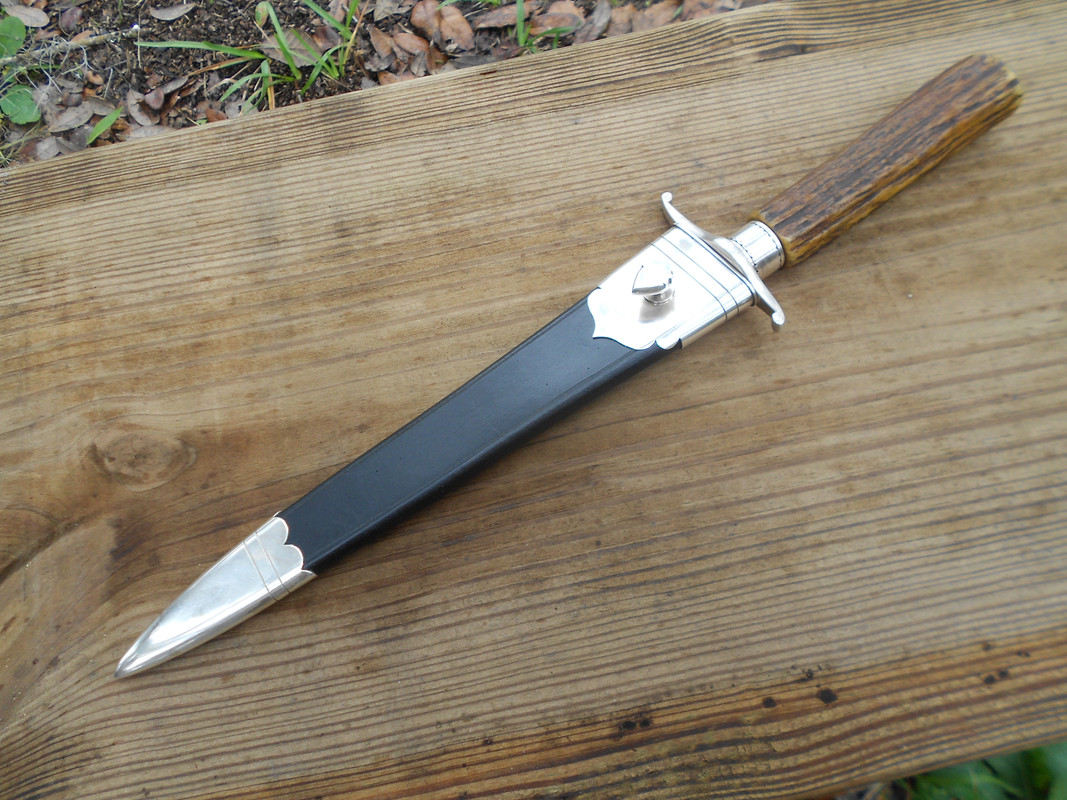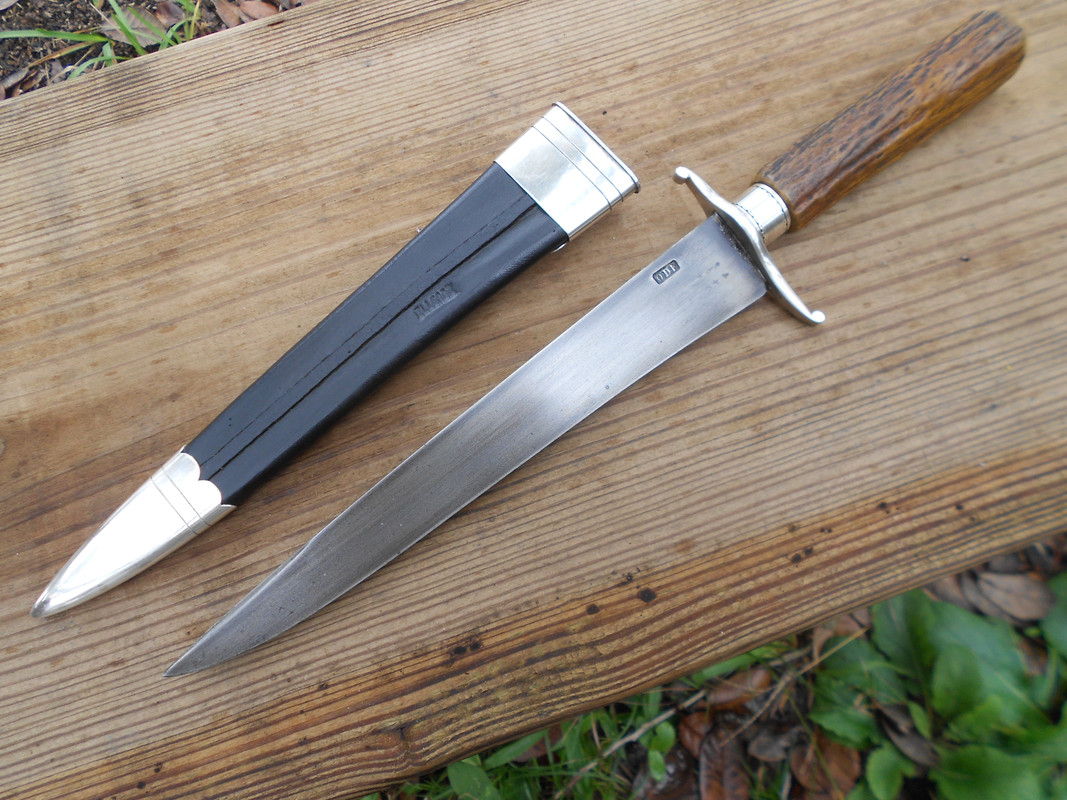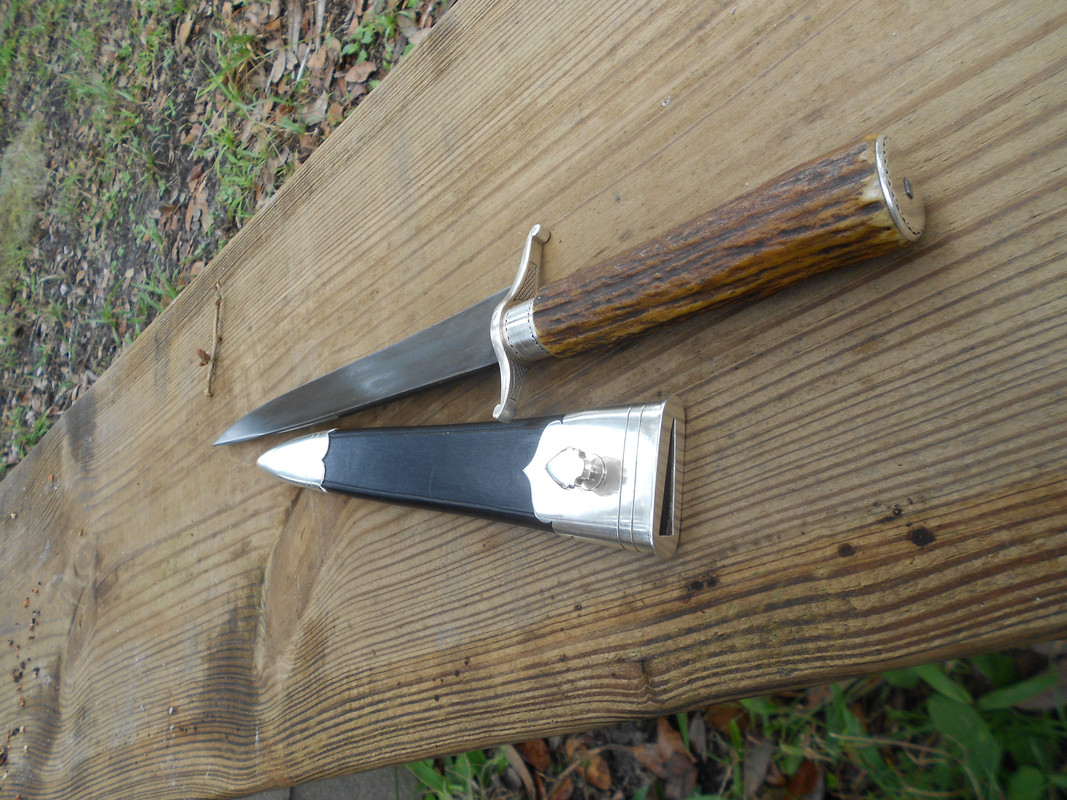Art, I've read or heard that Vinegaroon was used in Ancient Rome, but it definitely was used to blacken leather in the 18th and 19th centuries and right up to the present. When leather military items were stained black during the period, they almost always used Vinegaroon.
They used pieces of Iron in the mix or original Iron nails, both of which can be used, but OOOO Steel Wool is by far the easiest for us to use and it gives the greatest amount of surface area on which the Vinegar to react. Better still if you "wash" the Steel Wool in Acetone to get rid of the oil on the surface to keep it from rusting in the bag.
The great thing about this stuff is unlike common leather dyes, Vinegaroon won't stain your hands when using it.
It's a good idea to pre-clean leather surfaces with alcohol or Acetone that you want to use this dye on.
However, you ABSOLUTELY must use a baking soda solution to neutralize it, after you coat leather with it. Also, you MUST punch a small hole in the top of the lid or just not close the top off completely in the few days to a week it takes for the solution to set up. Do this in a GLASS JAR, as well.
In the period, they usually only put the Vinegaroon on the smooth outside surfaces of the leather and on the sides of the leather. They did not put it on the inner flesh side of the leather.
Here is a written tutorial:
https://www.instructables.com/id/Vinegaroon-Black-Leather-Dye/
Here is a pretty good You Tube Video:
Gus












